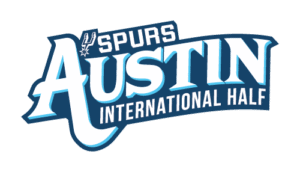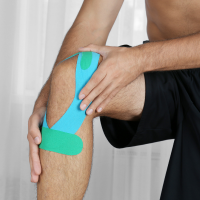 Building endurance is an important part of half marathon training, but it is essential to increase your mileage the right way. Pushing too hard too soon can lead to fatigue, injury, or burnout, which can set back your progress. The good news is that with a steady and thoughtful approach, you can build up your mileage safely while keeping your body and motivation strong.
Building endurance is an important part of half marathon training, but it is essential to increase your mileage the right way. Pushing too hard too soon can lead to fatigue, injury, or burnout, which can set back your progress. The good news is that with a steady and thoughtful approach, you can build up your mileage safely while keeping your body and motivation strong.
Follow the 10 Percent Rule
One of the simplest ways to avoid overtraining is by following the 10 percent rule. Do not increase your weekly mileage by more than 10 percent from the previous week. This gradual buildup allows your muscles, joints, and cardiovascular system to adapt to the additional workload. For example, if you ran 20 miles this week, aim for around 22 miles next week. Small and steady progress always leads to better results than rushing your training.
Prioritize Rest and Recovery
Your body needs rest days just as much as it needs training runs. Schedule at least one or two days each week for rest or active recovery. Stretching, foam rolling, yoga, or light cross training such as swimming or cycling can help your body recover while keeping you active. Recovery gives your muscles time to repair and strengthen, helping you perform better over time.
Listen to Your Body
No one understands your body better than you. If you notice unusual soreness, tightness, or fatigue that does not go away, it may be time to ease up. Skipping one run to rest is far better than missing several weeks because of an injury. Pay attention to signs like persistent pain or exhaustion, and allow yourself time to recover when needed.
Add Variety to Your Training
Running the same pace and route every day can cause physical strain and mental fatigue. Add variety by including different types of workouts such as easy runs, long runs, speed sessions, and hill training. Changing your routine challenges different muscle groups and helps improve both endurance and strength while keeping training enjoyable.
Fuel and Hydrate Properly
As your mileage increases, your body will need more energy and hydration. Eat balanced meals that include carbohydrates, protein, and healthy fats. Remember to refuel after runs with a recovery snack to help your body rebuild and stay energized. Drink enough water before, during, and after your runs to prevent fatigue and maintain performance.
Schedule Cutback Weeks
Every few weeks, include a cutback week where you reduce your total mileage by about 15 to 20 percent. This allows your body to absorb the training benefits and recover fully. Think of it as a reset week that helps you stay strong and avoid overtraining as you prepare for the next phase of your training.
Building mileage safely is about being patient and consistent. Trust your plan, listen to your body, and focus on recovery as much as training. With smart preparation, you will arrive at race day feeling strong, confident, and ready to enjoy every mile of the Spurs Austin International Half.







 As the temperatures drop and the air turns crisp, fall brings the perfect backdrop for half marathon training. The cooler weather isn’t just a welcome relief from the summer heat, it’s also an opportunity to boost performance, recover faster, and make the most of your mileage. If you are preparing for your first Spurs Austin International Half or already an experienced runner, fall is your time to shine.
As the temperatures drop and the air turns crisp, fall brings the perfect backdrop for half marathon training. The cooler weather isn’t just a welcome relief from the summer heat, it’s also an opportunity to boost performance, recover faster, and make the most of your mileage. If you are preparing for your first Spurs Austin International Half or already an experienced runner, fall is your time to shine. 1. Cool Down Properly
1. Cool Down Properly 2. Stretch It Out
2. Stretch It Out 3. Grab a Foam Roller
3. Grab a Foam Roller 4. Rehydrate and Refuel
4. Rehydrate and Refuel 5. Rest and Sleep
5. Rest and Sleep 6. Listen to Your Body
6. Listen to Your Body